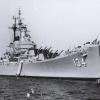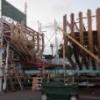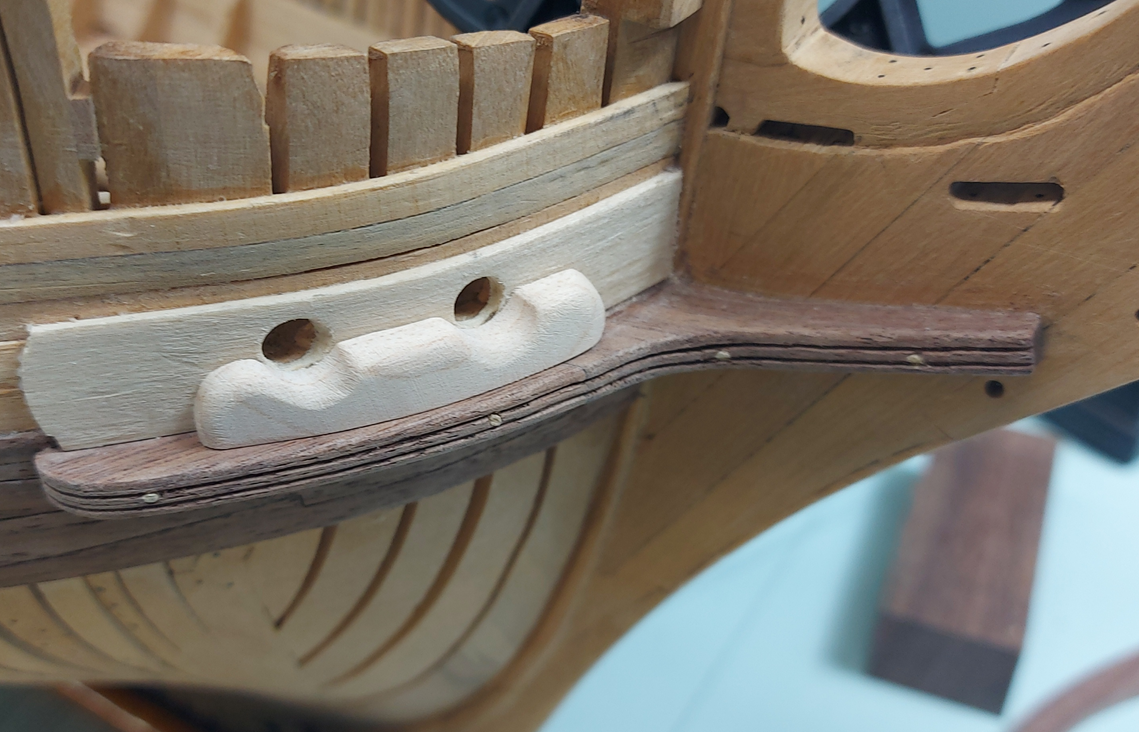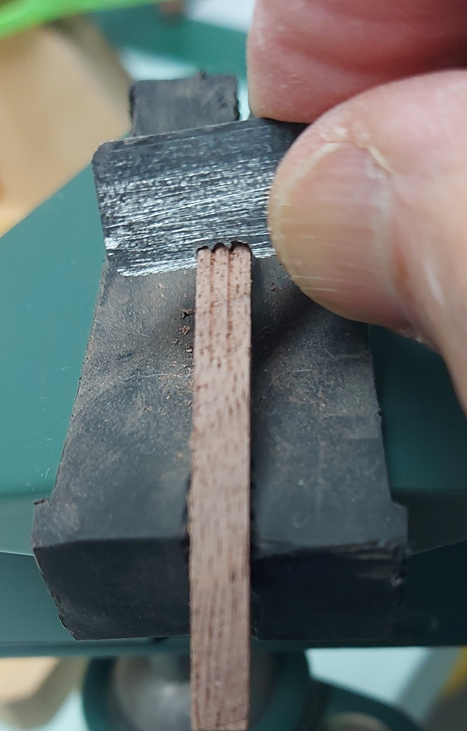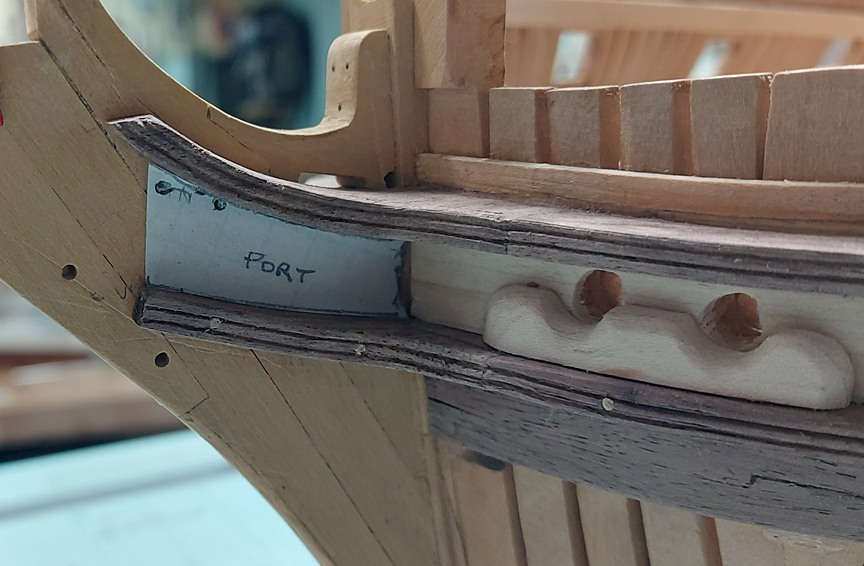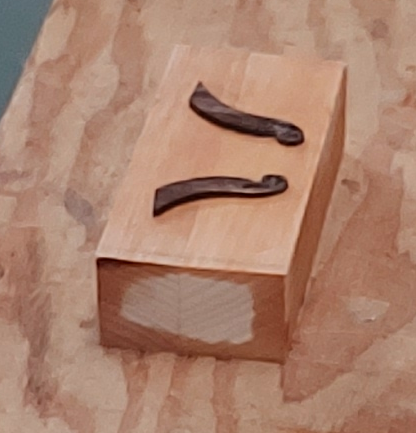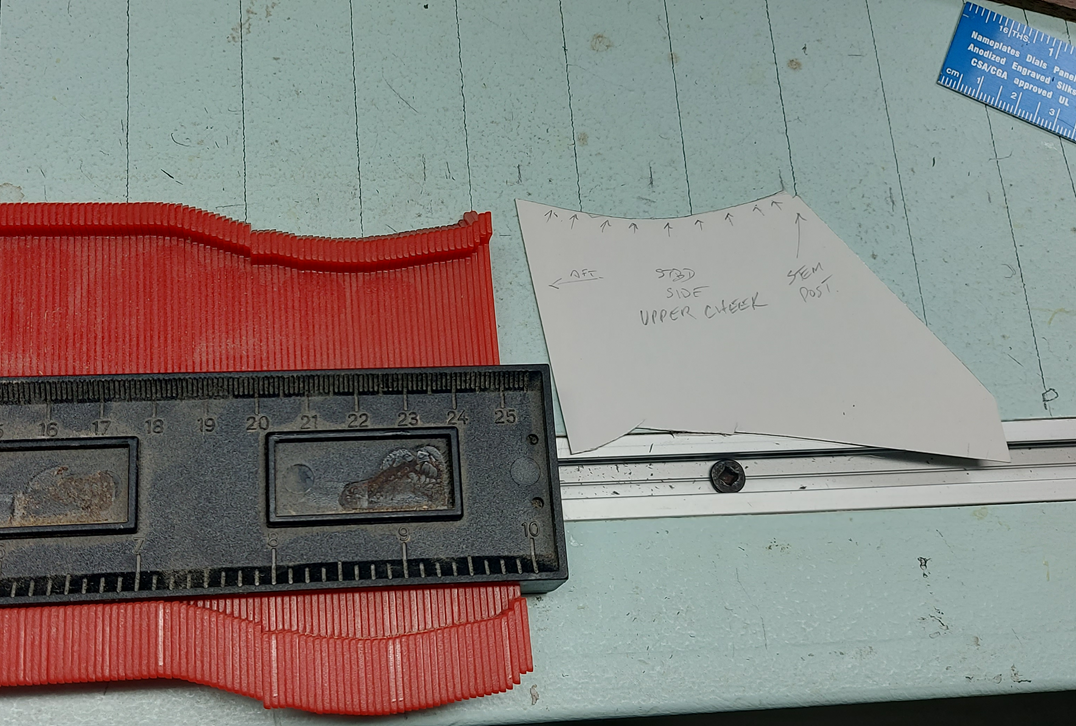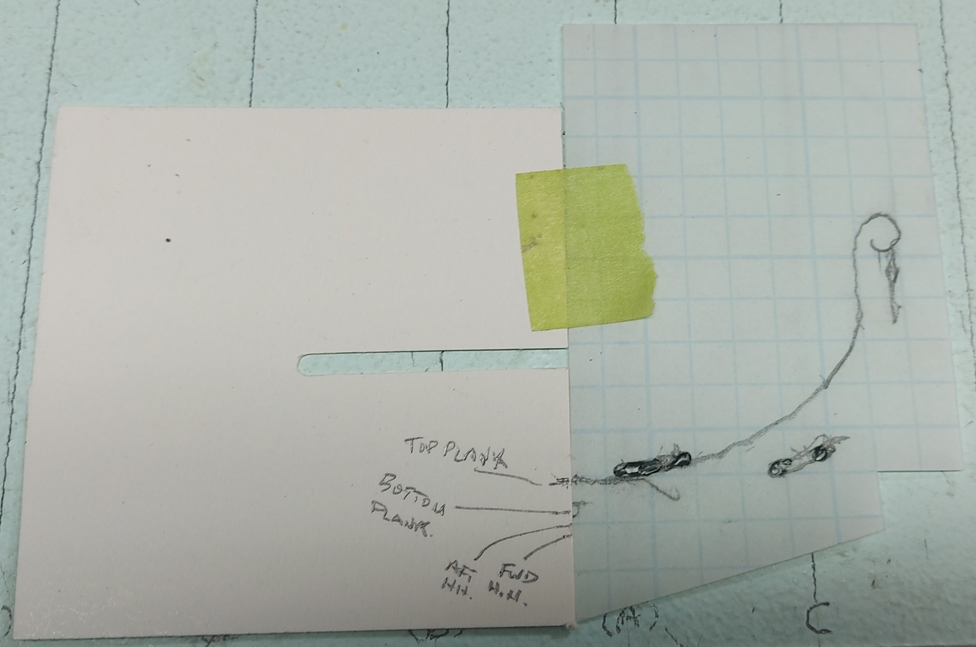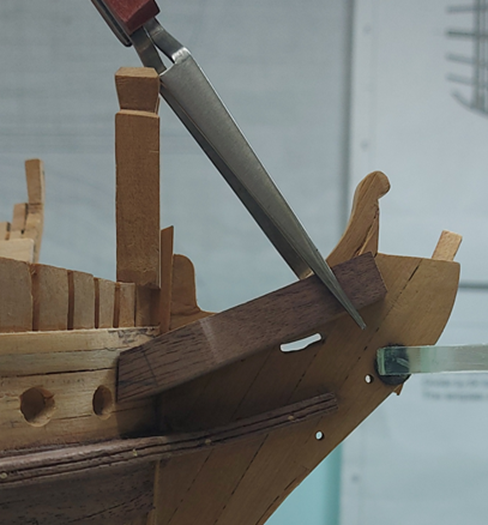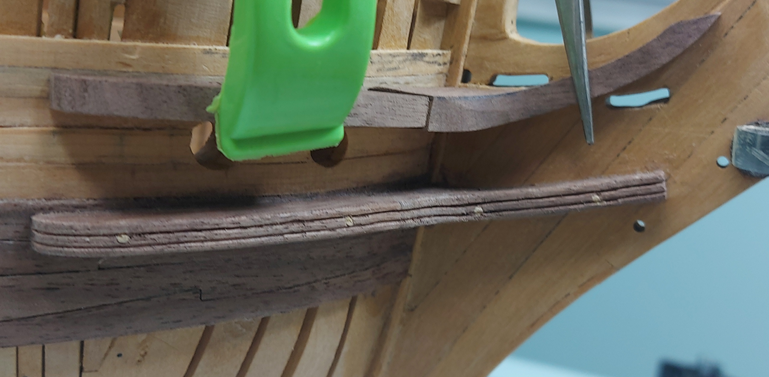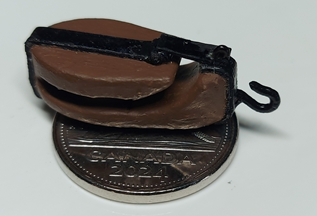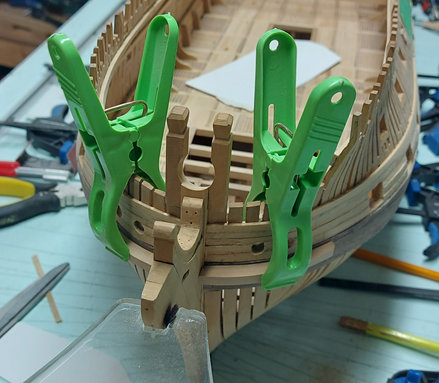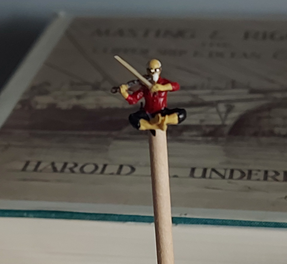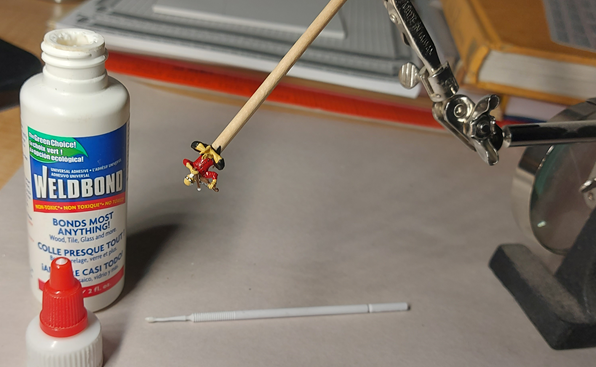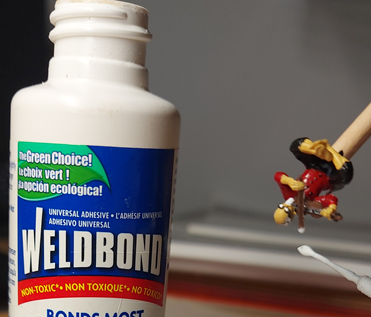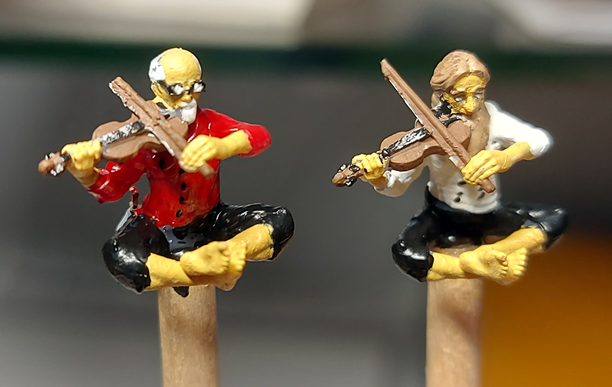-
Posts
2,860 -
Joined
-
Last visited
-
 Rock_From_Korea reacted to a post in a topic:
HMS Bellerophon 1786 by AON – scale 1:64 – 74-gun 3rd Rate Man of War - Arrogant-Class
Rock_From_Korea reacted to a post in a topic:
HMS Bellerophon 1786 by AON – scale 1:64 – 74-gun 3rd Rate Man of War - Arrogant-Class
-
 fake johnbull reacted to a post in a topic:
HMS Bellerophon 1786 by AON – scale 1:64 – 74-gun 3rd Rate Man of War - Arrogant-Class
fake johnbull reacted to a post in a topic:
HMS Bellerophon 1786 by AON – scale 1:64 – 74-gun 3rd Rate Man of War - Arrogant-Class
-
 Thukydides reacted to a post in a topic:
HMS Bellerophon 1786 by AON – scale 1:64 – 74-gun 3rd Rate Man of War - Arrogant-Class
Thukydides reacted to a post in a topic:
HMS Bellerophon 1786 by AON – scale 1:64 – 74-gun 3rd Rate Man of War - Arrogant-Class
-
 gjdale reacted to a post in a topic:
HMS Bellerophon 1786 by AON – scale 1:64 – 74-gun 3rd Rate Man of War - Arrogant-Class
gjdale reacted to a post in a topic:
HMS Bellerophon 1786 by AON – scale 1:64 – 74-gun 3rd Rate Man of War - Arrogant-Class
-
 Ronald-V reacted to a post in a topic:
HMS Bellerophon 1786 by AON – scale 1:64 – 74-gun 3rd Rate Man of War - Arrogant-Class
Ronald-V reacted to a post in a topic:
HMS Bellerophon 1786 by AON – scale 1:64 – 74-gun 3rd Rate Man of War - Arrogant-Class
-
 albert reacted to a post in a topic:
HMS Bellerophon 1786 by AON – scale 1:64 – 74-gun 3rd Rate Man of War - Arrogant-Class
albert reacted to a post in a topic:
HMS Bellerophon 1786 by AON – scale 1:64 – 74-gun 3rd Rate Man of War - Arrogant-Class
-
 Cpt.Barbossa reacted to a post in a topic:
HMS Bellerophon 1786 by AON – scale 1:64 – 74-gun 3rd Rate Man of War - Arrogant-Class
Cpt.Barbossa reacted to a post in a topic:
HMS Bellerophon 1786 by AON – scale 1:64 – 74-gun 3rd Rate Man of War - Arrogant-Class
-
 druxey reacted to a post in a topic:
HMS Bellerophon 1786 by AON – scale 1:64 – 74-gun 3rd Rate Man of War - Arrogant-Class
druxey reacted to a post in a topic:
HMS Bellerophon 1786 by AON – scale 1:64 – 74-gun 3rd Rate Man of War - Arrogant-Class
-
 Some Idea reacted to a post in a topic:
HMS Bellerophon 1786 by AON – scale 1:64 – 74-gun 3rd Rate Man of War - Arrogant-Class
Some Idea reacted to a post in a topic:
HMS Bellerophon 1786 by AON – scale 1:64 – 74-gun 3rd Rate Man of War - Arrogant-Class
-
Having established the gap between the upper and lower cheeks, I made the hawse bollard and backing plate. I decided the clean white look of maple was a nice contrast. The backing plate was steamed and clamped. I couldn't get back to it for three days... it was quite dry and had no spring back! I completed shaping the upper cheek pieces, scraped the grooves into them, then glued them into place. They just need to be drilled and pinned similarly to what I had done to the lower cheeks. The paper template in the top photo is for my trail board. The contract reads as follows: To have a double trail board, and a lion or figure, as shall be directed. Handsomely carved; the rails and supporters handsomely wrought with mouldings. I searched the internet for lion figures and found a few that might be suitable, but then thought the Chimera monster (that Bellerophon killed) which is mostly lion… or a Griffon (as seen on the crest of the last stone frigate) which is partly lion might be more interesting, but also these might be more difficult to carve, especially to fit a ½” tall x 1” long space. Decisions! I also have had two attempts at the third piece of the upper cheek that rises up the main bracket behind the figurehead. These have both been tossed in the scrap bin. Third time is the charm! These two above had been soaked in 90% Isopropyl Alcohol (cotton batten soaked, laid over the figures and wrapped in clear cling wrap aka Saran wrap) over night to allow me to peel them off the block of wood. They were glued on with drops of yellow wood glue. The block is clamped in a vise to allow me to carve away at them. Not sure how much I'll get done before Christmas.
-
 AON reacted to a post in a topic:
HMS Thorn by Kevin Kenny - 1:48 scale - Swan-class - David Antscherl practium
AON reacted to a post in a topic:
HMS Thorn by Kevin Kenny - 1:48 scale - Swan-class - David Antscherl practium
-
 AON reacted to a post in a topic:
HMS ANSON 1781 by albert - 1/48 - 64 guns
AON reacted to a post in a topic:
HMS ANSON 1781 by albert - 1/48 - 64 guns
-
 KARAVOKIRIS reacted to a post in a topic:
HMS Bellerophon 1786 by AON – scale 1:64 – 74-gun 3rd Rate Man of War - Arrogant-Class
KARAVOKIRIS reacted to a post in a topic:
HMS Bellerophon 1786 by AON – scale 1:64 – 74-gun 3rd Rate Man of War - Arrogant-Class
-
 AON reacted to a post in a topic:
Simple, low cost, small thimbles
AON reacted to a post in a topic:
Simple, low cost, small thimbles
-
 AON reacted to a post in a topic:
Shrouds and Ratlines
AON reacted to a post in a topic:
Shrouds and Ratlines
-
 AON reacted to a post in a topic:
HMS Thorn by Kevin Kenny - 1:48 scale - Swan-class - David Antscherl practium
AON reacted to a post in a topic:
HMS Thorn by Kevin Kenny - 1:48 scale - Swan-class - David Antscherl practium
-
 AON reacted to a post in a topic:
Golden Hind by Rock_From_Korea - 1:48
AON reacted to a post in a topic:
Golden Hind by Rock_From_Korea - 1:48
-
 AON reacted to a post in a topic:
Golden Hind by Rock_From_Korea - 1:48
AON reacted to a post in a topic:
Golden Hind by Rock_From_Korea - 1:48
-
 AON reacted to a post in a topic:
Golden Hind by Rock_From_Korea - 1:48
AON reacted to a post in a topic:
Golden Hind by Rock_From_Korea - 1:48
-
I had been working on the lower cheeks and have since started the upper cheeks. I began by making a card template of the hull using my profile gauge. Then I traced the stem works to fit the upper cheek between the gammoning slots. The lower cheek was made in two pieces, glued and pinned with wooden dowels requiring #57 drill bit holes. The upper cheek will be in three pieces of which I have two pieces roughed. The piece against the stem works is longer than needed. I will make the mating piece longer and trim the two to fit. Tomorrow I will make up the hawse bolster and backing plate pieces to help with spacing and alignment of the upper cheek pieces.
-
 AON reacted to a post in a topic:
HMS Thorn by Kevin Kenny - 1:48 scale - Swan-class - David Antscherl practium
AON reacted to a post in a topic:
HMS Thorn by Kevin Kenny - 1:48 scale - Swan-class - David Antscherl practium
-
 AON reacted to a post in a topic:
HMS ANSON 1781 by albert - 1/48 - 64 guns
AON reacted to a post in a topic:
HMS ANSON 1781 by albert - 1/48 - 64 guns
-
forgot to mention is was very cold this morning up here.
- 1,127 replies
-
They can easily be cleaned up with a very narrow chisel, if you have one. If not, possibly I can bring you one 😃
- 1,127 replies
-
My first attempt at the lower cheeks was not a complete disappointment. Both lower cheeks were aligned with each other and a nice gentle slope on the forward arm. Made in two pieces... the joint wasn't quite good enough, even for me. 😁 My second attempt should be the keeper. Presently busy making one Christmas and one birthday present in the shop, on the sly, in between work on the cheeks. December is a busy month.
-

Golden Hind by Rock_From_Korea - 1:48
AON replied to Rock_From_Korea's topic in - Build logs for subjects built 1501 - 1750
The small details make all the difference. They both look wonderful! -
With a couple figures done and the three rows of 4" planking completed, it is time for a change before I go back to yet more planking. I decided to complete the assembly of my 3D printed viol/vyol block. The strapping is blackened card stock. The hook is copper wire that has been twisted and filed to shape. The completed block is placed on a 5cent piece for scale. I then started on the outer lower halves of the lower cheeks. Used some scrap pieces (of which I have plenty) for this first attempt. They fit up quite nicely. Still require shaping and rounding the edges. I'll need to make myself a scraper. Now to attempt the forward halves of the lower cheek assembly.
-
Not sure what I am supposed to see. I did sleep in so maybe I'll need a moment. A moment later.. I see it, the ring on the too of the lower capstan. Looking good!
- 1,127 replies
-
It is wonderful to have you back. I hope you are doing well yourself. Looking forward to seeing more of your work!
-
Well there is always something to force you to change plans Yesterday, I started shaping the extension on the bow but didn't like where it was going, so I cut off the glue and started over. Last night it looked much better and I felt I wouldn't need to shape it. Just let it cure and then apply paint. This morning I got up, took a look at it and was quite pleased. Started working on something else and when I was done that I looked up and the whole extension from the strings out was gone! Couldn't find it anywhere. I must have knocked it. I cut the complete bow off at the hand and replaced the full length with a piece of bamboo. I'll paint that later today and pack it away.
-
You said: "This is going much easier then I thought it would". I always regret saying those words. Hope you don't! 😉
- 1,127 replies
-
Worked on repairing the broken fiddle bow today. As the broken part is missing I brought up my bow stretcher from the shop. I keep it next to my sky hooks. 😁 All joking aside.... I use WeldBond to rebuild the missing part. I suspend the bow vertically downwards so I have gravity working for me. I applied a drop to the broken end and let it dry for about 20 minutes before applying another drop. It slowly grows in length 1mm at a time! Once I have it long enough, I have to let it cure (dry and harden) for 24 hours. Tomorrow I with break out the sanding board and gently file it to shape. Finally, it will get painted and after another couple days (to let the paint dry thoroughly) it will get a matt spray sealing coat.
About us
Modelshipworld - Advancing Ship Modeling through Research
SSL Secured
Your security is important for us so this Website is SSL-Secured
NRG Mailing Address
Nautical Research Guild
237 South Lincoln Street
Westmont IL, 60559-1917
Model Ship World ® and the MSW logo are Registered Trademarks, and belong to the Nautical Research Guild (United States Patent and Trademark Office: No. 6,929,264 & No. 6,929,274, registered Dec. 20, 2022)
Helpful Links
About the NRG
If you enjoy building ship models that are historically accurate as well as beautiful, then The Nautical Research Guild (NRG) is just right for you.
The Guild is a non-profit educational organization whose mission is to “Advance Ship Modeling Through Research”. We provide support to our members in their efforts to raise the quality of their model ships.
The Nautical Research Guild has published our world-renowned quarterly magazine, The Nautical Research Journal, since 1955. The pages of the Journal are full of articles by accomplished ship modelers who show you how they create those exquisite details on their models, and by maritime historians who show you the correct details to build. The Journal is available in both print and digital editions. Go to the NRG web site (www.thenrg.org) to download a complimentary digital copy of the Journal. The NRG also publishes plan sets, books and compilations of back issues of the Journal and the former Ships in Scale and Model Ship Builder magazines.





